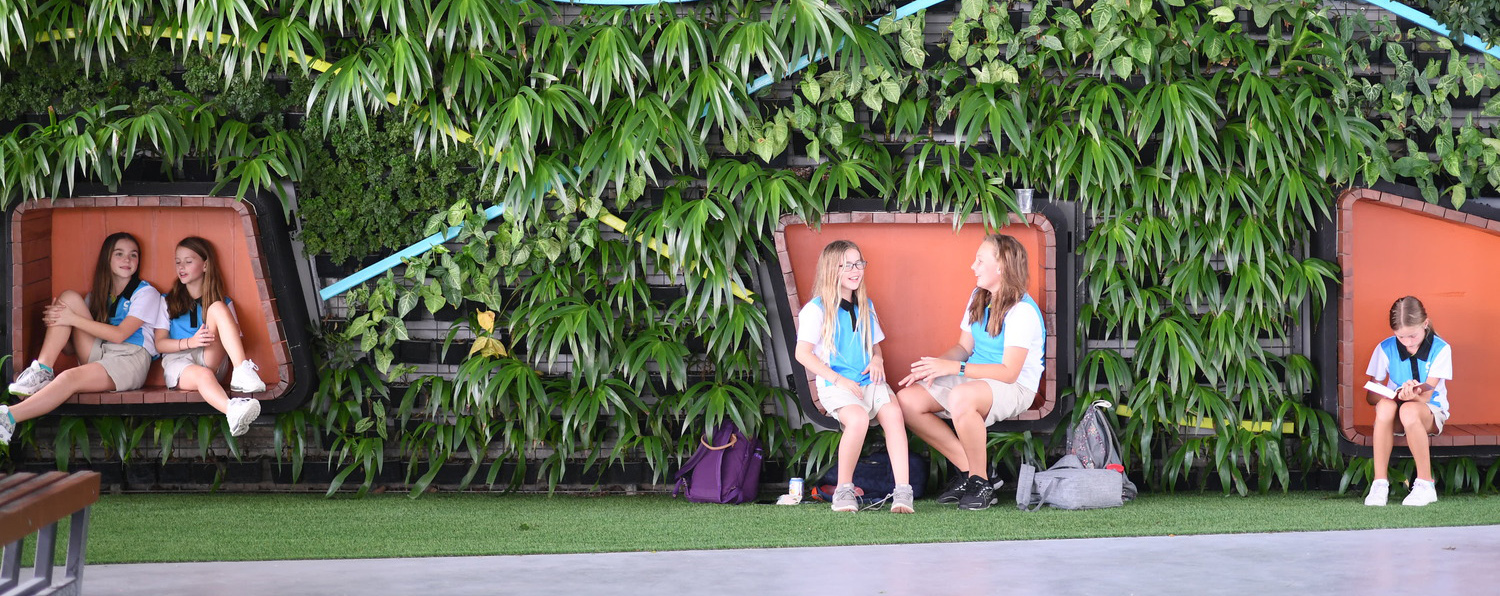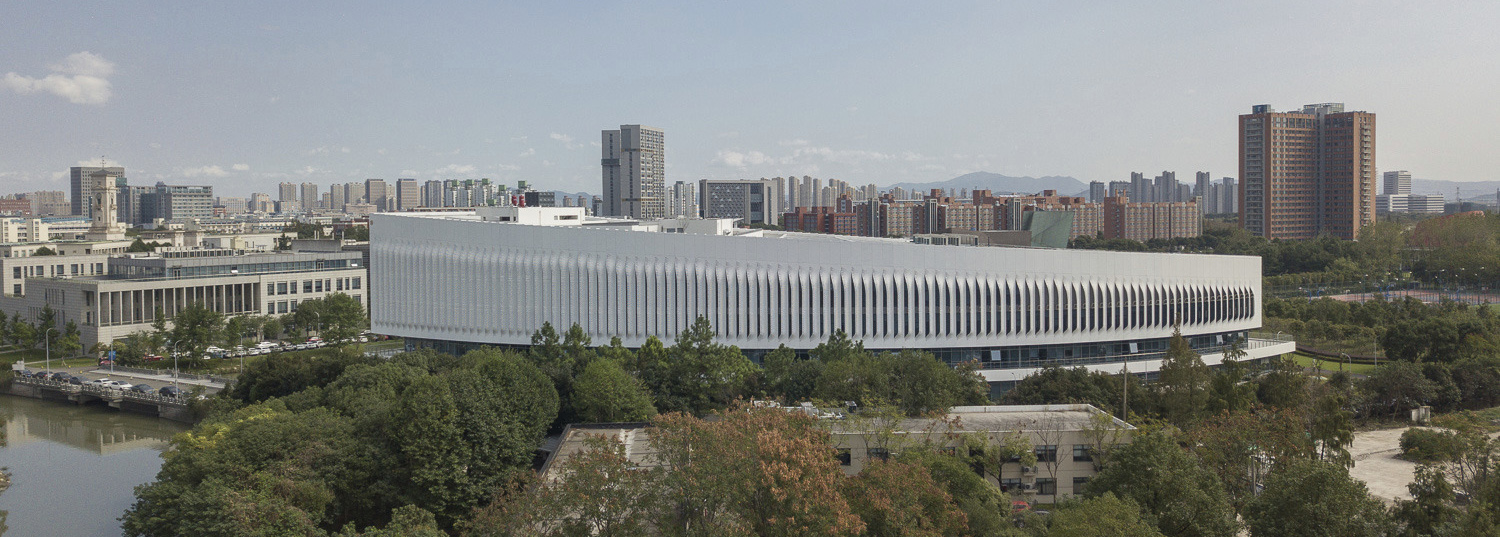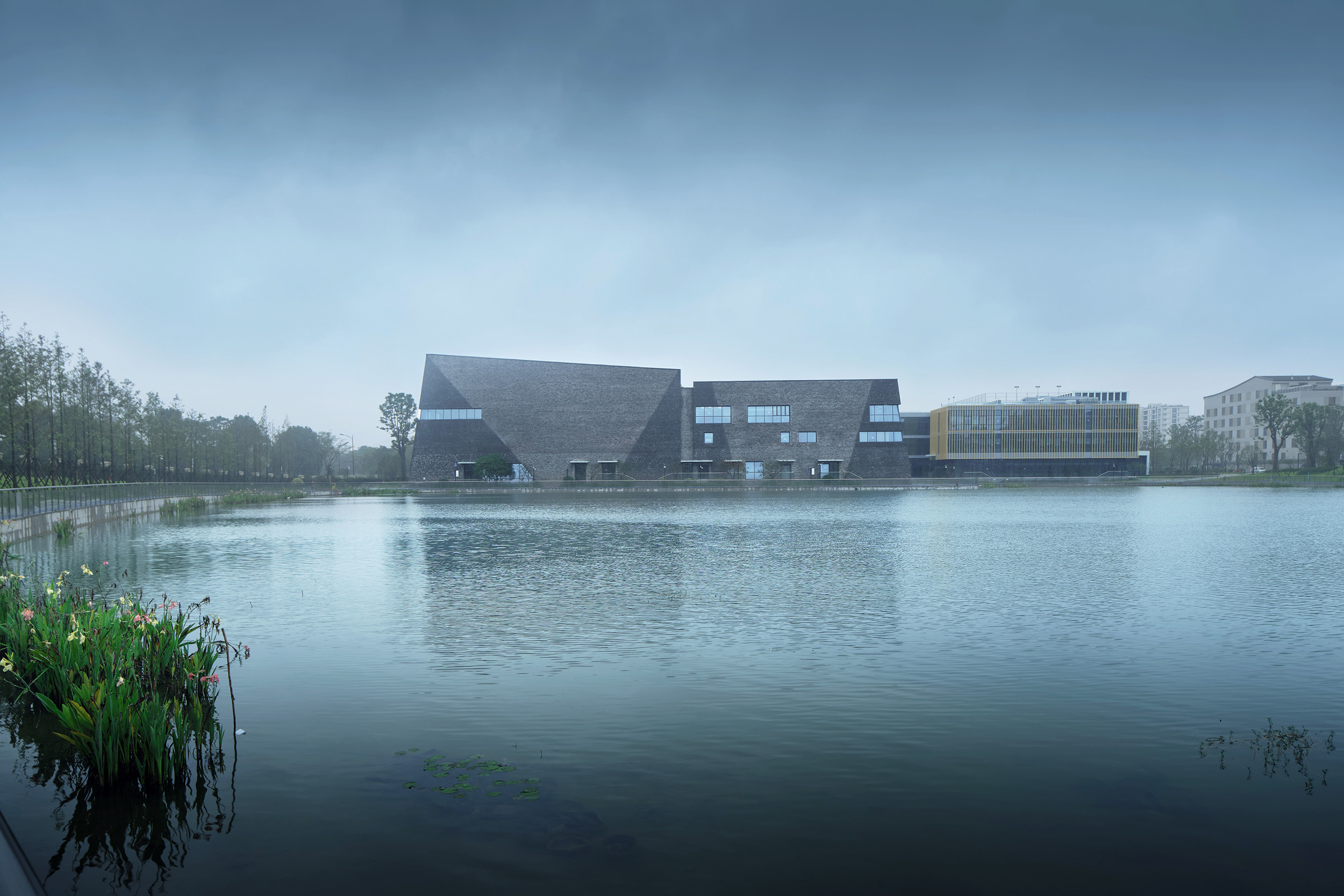What does “green” really mean?
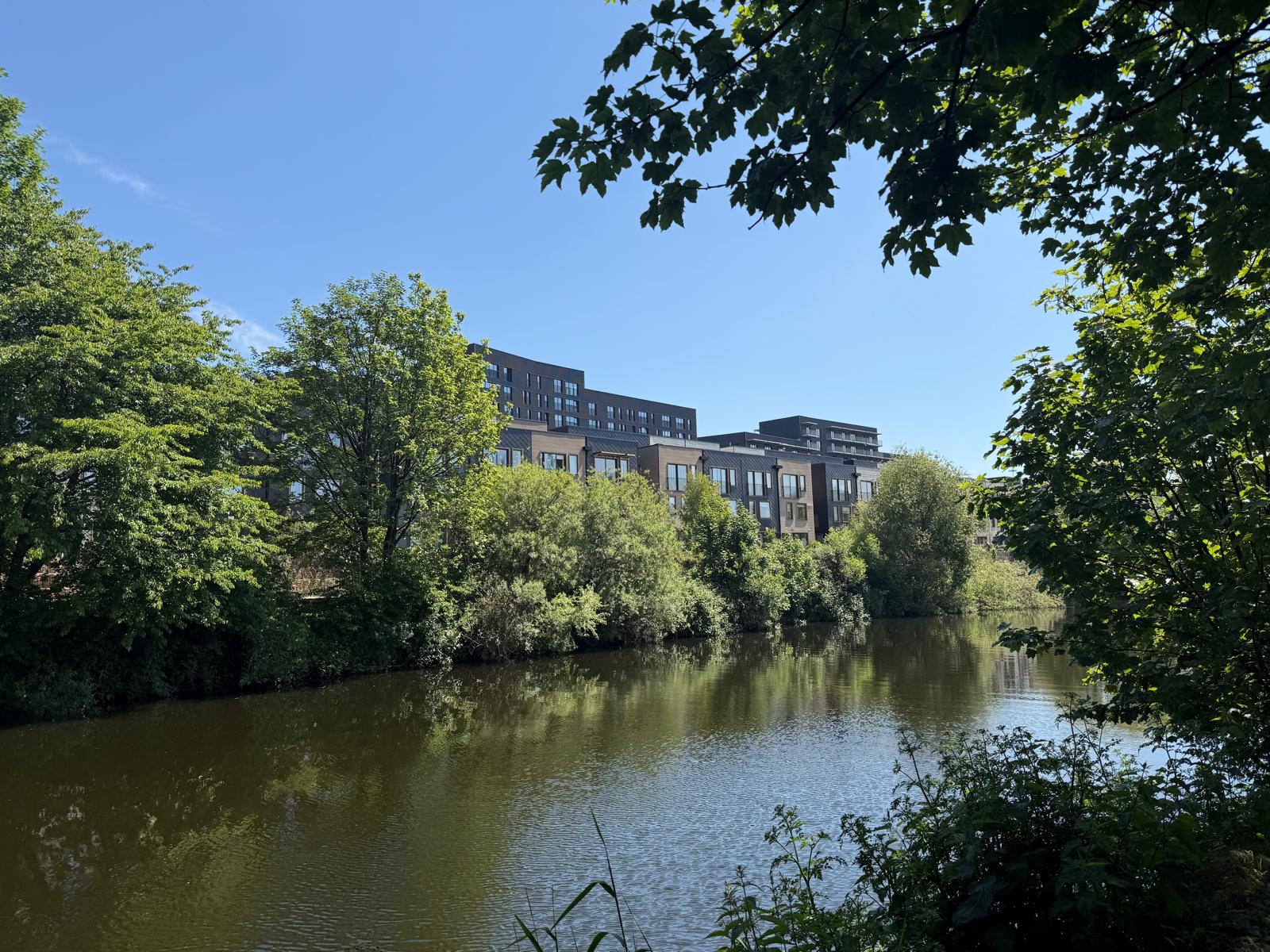
What does “green” really mean?
Green is everywhere. So why do so many places still feel grey?
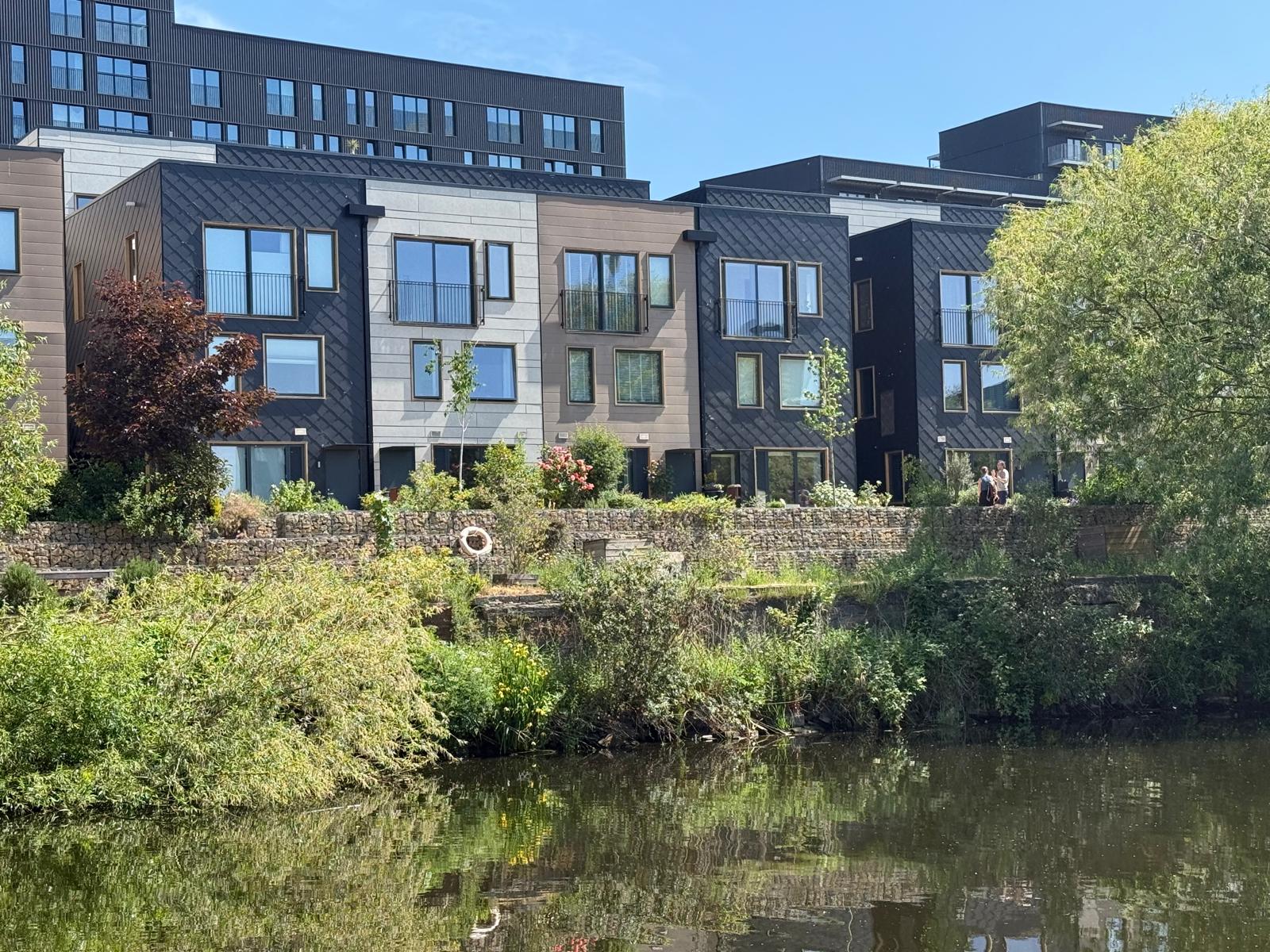
Our recent round of Circ-itTM is done.
Workshops held, conversations had, Post-its peeled off walls and packed away.
Plenty of themes emerged. Collaboration. Circularity. The power of design to shape behaviour. But one phrase kept cropping up:
“Everyone wants to live in a healthy, green place.”
No one disagreed. Why would they? But here’s the thing: agreement isn’t clarity.
What exactly is a “healthy, green place”?
- What kind of “green” are you talking about?
- Healthy how?
- And experienced by whom?
These are the kind of questions that stick with us. They drive our research, shape our projects and underpin the work we do with partners across the built environment. And they’ll inform the next round of Circ-itTM events.
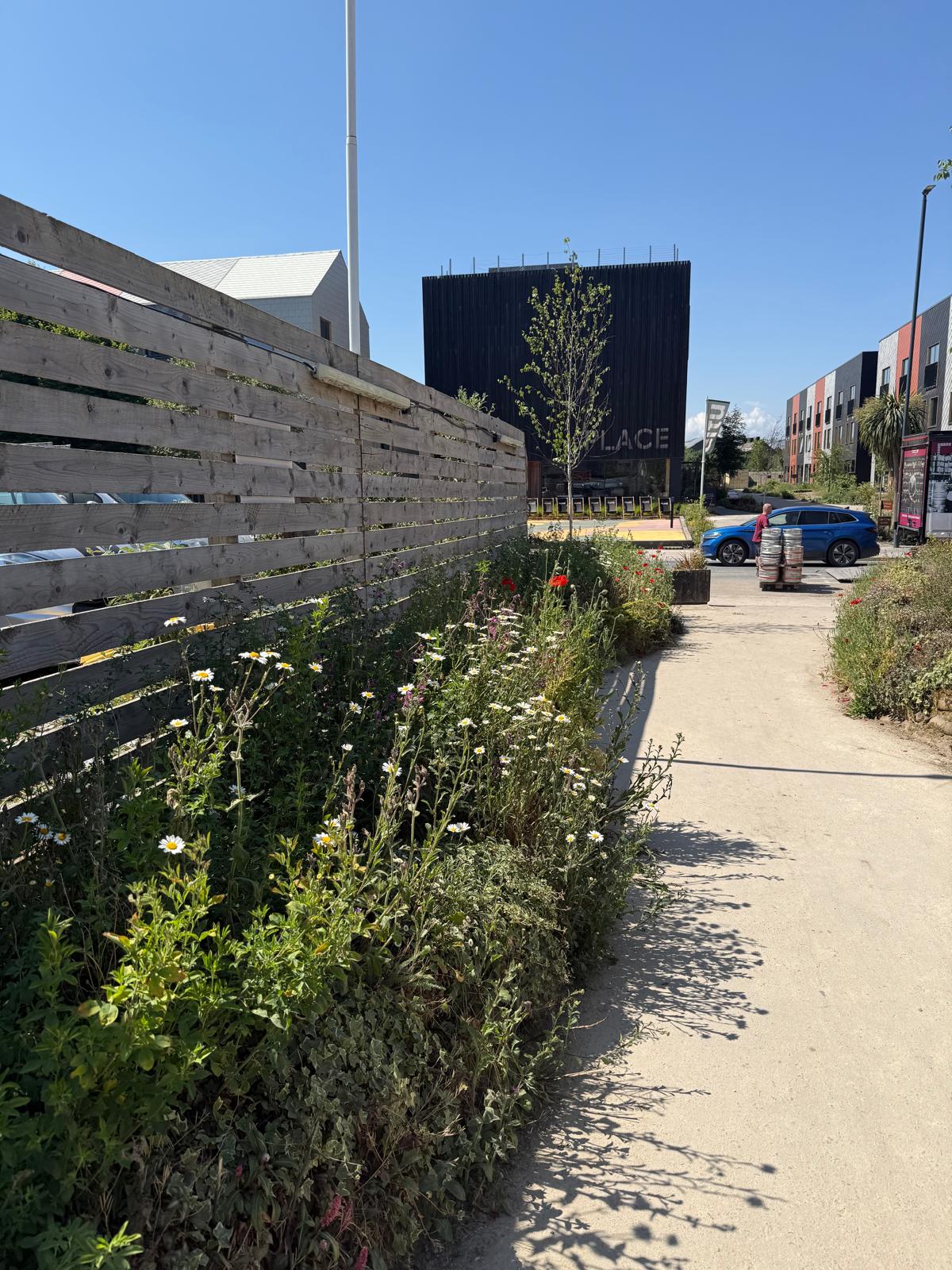
“Green” isn’t one thing
It might be one of the biggest buzzwords in the placemaking playbook. Calling something “green” has become so overused it often says very little.
Green can mean lower operational carbon. Passivhaus certification. Renewable tech. A shiny BREEAM rating.
It can mean biodiversity – bees, birds, wildflower margins and wetlands.
But it also means wellbeing. And it’s this aspect that really makes us lean in. Not just green as in environmental – but green as in liveable. Places that feel calmer, healthier, more humane. Though, of course, places that meet this definition do often tick those other boxes as well.
Planting with purpose
This kept surfacing in Circ-itTM conversations. People are increasingly quick to spot when greenery is just a garnish – a couple of planters tacked on at the end.
They want planting with purpose. Something that’s integrated. Connected.
Designed to improve your day, not just your BNG score.
What does that look like?
It starts with the journey in
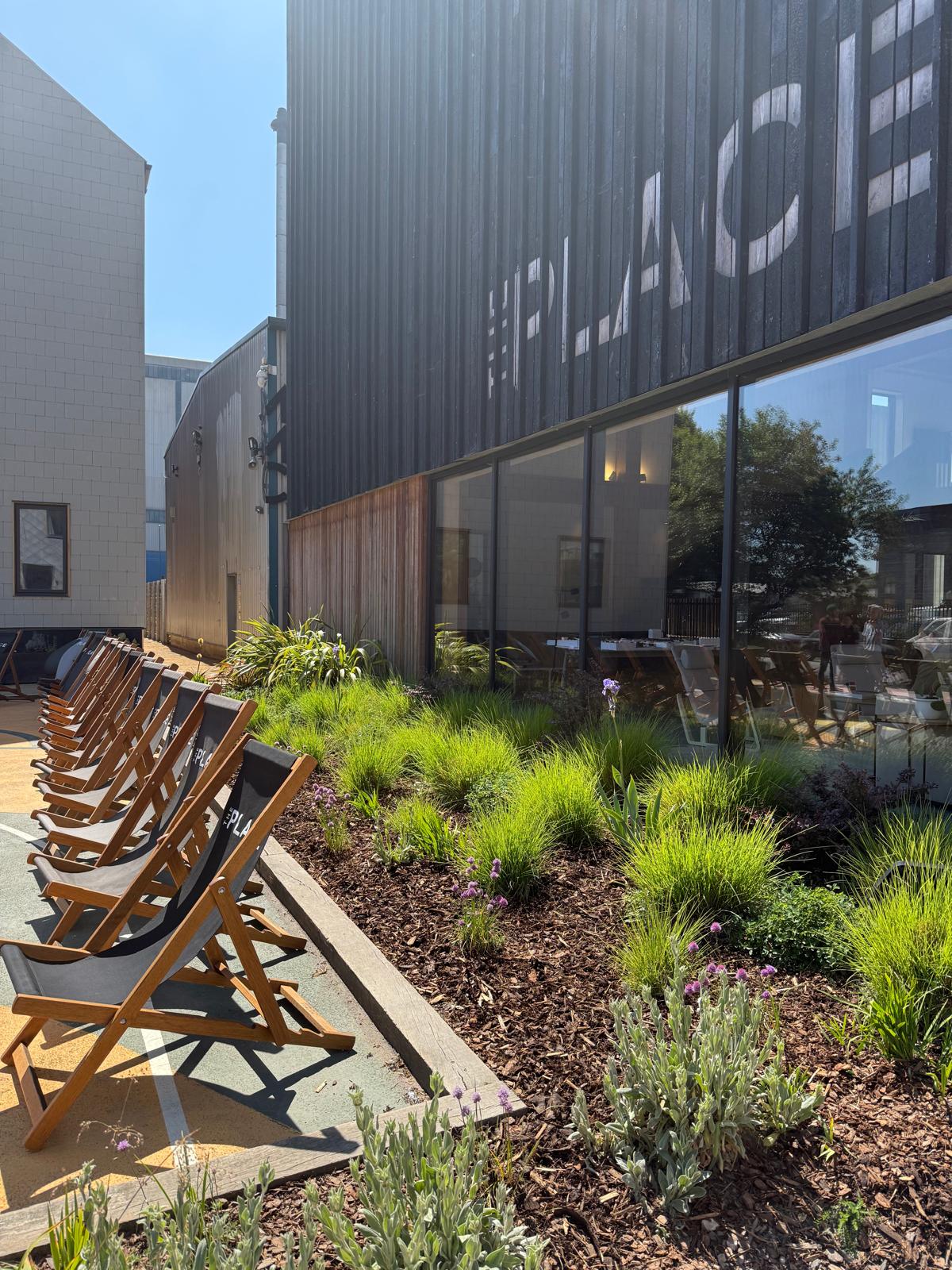
We talk a lot about “arrival sequences”, but let’s break that down: what do you see, smell, hear and feel as you enter and move through a place? That’s where wellbeing starts; in the individual’s experience.
Then there’s the spaces in between
Between the flats. Between the bins and the bikes. Between the parking bay and the front door. It’s the circulation lobbies. The communal thresholds. The shared pathways.
These “in-between” spaces are often overlooked – or worse, value-engineered into mediocrity. But they’re where so much of life happens. And they’re where so many perceptions of safety, dignity and delight are formed.
From masterplan to micro-planting
If green infrastructure is only considered at the masterplan scale – the big stuff – we miss the micro moments that define how a place feels.
We need both.
From public parks and habitat corridors to front gardens, shared thresholds and the way daylight filters into a stairwell.
The trade-offs are real. But so are the opportunities.
Yes, there are challenges. But progress doesn't come from polite agreement - it arises from well-placed tension.
Maintenance. Security. Who owns what, and who’s responsible when it gets messy.
But none of these are reasons not to act. They’re legitimate design questions that good design answers.
Circ-itTM is about asking better questions, together. And being more honest about the challenges. That’s how we unlock solutions that stick.
The next sessions will go into more detail, with fewer easy answers. We’ll be looking closely at what’s worked, what hasn’t, and most importantly, why.
Research by design isn’t always neat. Sometimes the best ideas are new. And sometimes they’ve been hiding in plain sight.
Either way – we’ll find them by asking the right questions.
What does green mean to you?
And so, we end, aptly, by asking this question.
We asked our comrade and Circ_itTM collaborator, Danny Crump, of Layer.studio for a final thought.
For us, “green” isn’t a garnish, it’s a grounding principle. It’s not just about planting, it’s about purpose. A healthy green place is one where nature and people thrive together, where ecology, experience and equity are designed into every layer, from the masterplan to the micro-moment. These places aren’t just climate-conscious, they’re life-centric. That’s what we’re here to shape.
– Danny Crump, Director of Urbanism, Layer.studio
Get in touch and tell us what “green” means to you. Let’s continue the conversation.
More Bright Ideas
Our portfolio is the story of our bright ideas to date, raising questions for further research by design and experimentation.
Our Manifesto
Our ambition is to devise and nurture solutions to global problems and make sustainable places for everyone.


